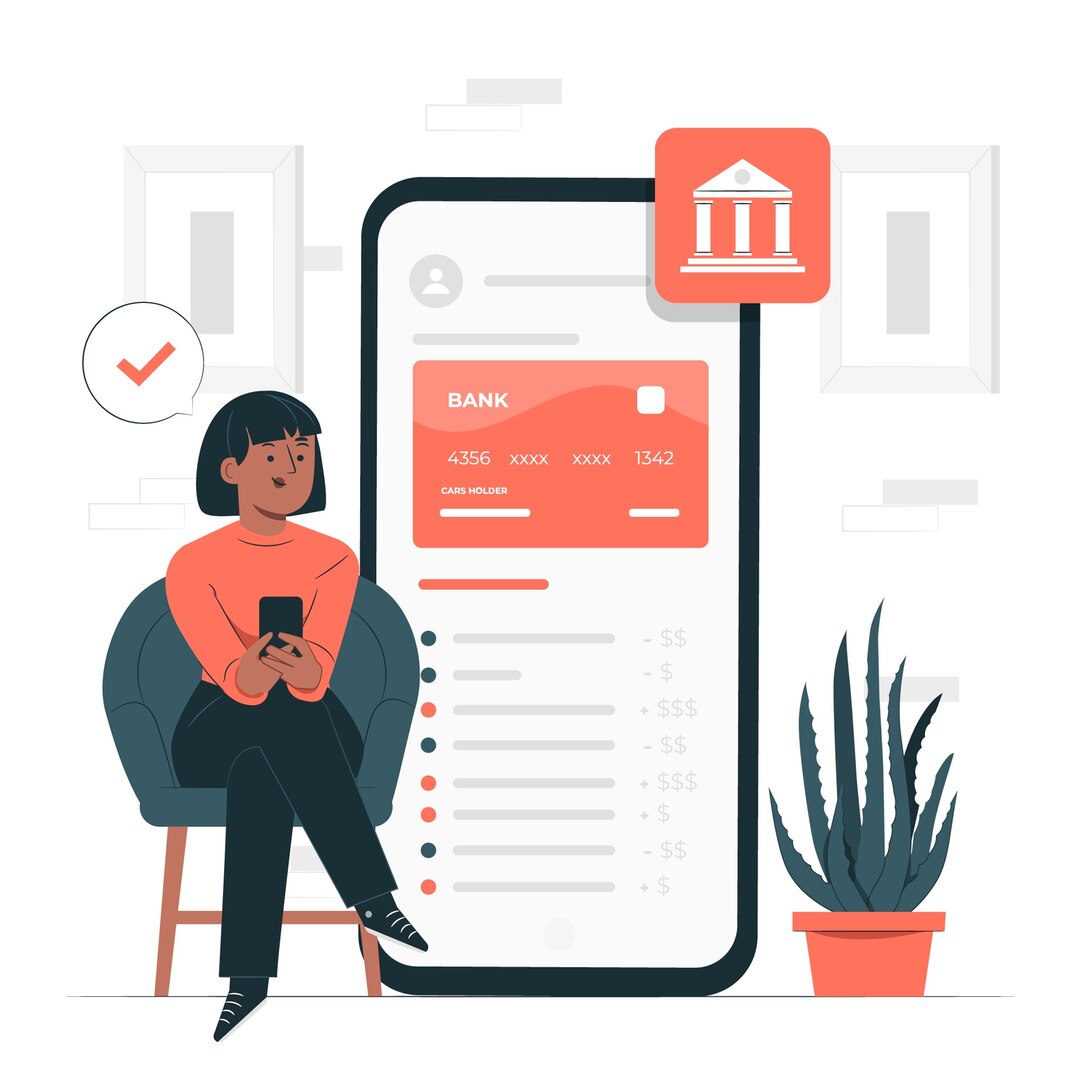Managing personal finances today isn’t just a nice-to-have; it's a must. Gone are the days when we jotted down every expense in a notebook or tried to make sense of endless spreadsheets. Thanks to smartphones and apps, managing your money has become way easier, faster, and more secure. This shift has led to a huge surge in the demand for personal finance apps. So, if you’re thinking about creating your own, it's essential to understand the key elements of the development process.
Understanding the Need for Personal Finance Apps
Personal finance apps have become an essential tool for people looking to manage their money efficiently. From tracking expenses to budgeting, investment management, and savings planning, these apps provide a one-stop solution to various financial needs. According to studies, millennials and Gen Z are increasingly relying on these apps to take control of their financial health. As a result, the personal finance app market is booming and expected to grow significantly in the coming years.
If you're looking to capitalize on this growing market, creating a personal finance app can be a lucrative venture. However, to make your app stand out, you need to ensure it addresses the core financial needs of users, is easy to use, and offers unique features that competitors lack. But before you jump into development, it's essential to understand the key factors that make a personal finance app successful.
Key Features of a Personal Finance App
To ensure your personal finance app attracts and retains users, the app must offer essential features that provide real value. These features should be designed to help users track and manage their finances effectively.
- Expense Tracking and Categorization
- A key feature of any personal finance app is expense tracking. Users should be able to easily input their expenses, categorize them, and get an overview of their spending habits. Automatic expense categorization using AI can be a huge benefit, but the app should also allow users to manually adjust or add categories if necessary.
- Budgeting Tools
- Budgeting is one of the most important aspects of personal finance management. Your app should offer tools that allow users to set budgets for various categories (e.g., groceries, entertainment, bills) and track their spending against these budgets in real-time.
- Bill Reminders and Payments
- Many people miss bill payments, leading to unnecessary penalties and damaged credit scores. A good personal finance app should send reminders for upcoming bills and provide a way for users to pay directly through the app.
- Investment Tracking and Analysis
- As individuals become more financially aware, they are increasingly looking to invest. Your app can provide investment tracking tools to allow users to monitor their stocks, bonds, and other assets. Additionally, offering educational resources on personal finance and investing can be a big draw for users.
- Security and Privacy
- When it comes to financial data, security is non-negotiable. Your app must have top-notch encryption and authentication methods (like two-factor authentication) to ensure that users’ sensitive data remains safe. Transparent privacy policies and permissions will help build trust with your users.
- Integration with Banks and Financial Institutions
- For a seamless experience, integrating with various banks and financial institutions will allow your users to sync their bank accounts, credit cards, and loans with the app. This feature will ensure that all their financial data is in one place.
- Customizable Reports and Insights
- Personalized insights and financial reports are essential to understanding financial health. Offering detailed, customizable reports will enable users to analyze their spending patterns, savings progress, and debt management strategies.
The Importance of User Experience
When developing a personal finance app, it’s critical to prioritize user experience (UX). People want an app that is easy to navigate, visually appealing, and intuitive. Complex designs or confusing navigation can frustrate users and cause them to abandon the app. Make sure the interface is clean, simple, and user-friendly.
Consider incorporating features like a dashboard that provides an overview of the user’s financial status, which includes balance information, upcoming bills, and recent transactions. Customizable themes and options for dark or light mode can also enhance the user experience, providing a personalized touch.
Additionally, offering multi-platform support for both iOS and Android, as well as a web version, will ensure that users can access their financial information whenever and wherever they need it.
Personal Finance App Development: Key Considerations
When it comes to personal finance app development, it’s essential to approach the project with a clear plan. Below are some considerations to keep in mind:
- Target Audience
- Who are you building the app for? Is it young professionals, students, or retirees? Understanding your target audience will help you determine which features to prioritize and how to market your app effectively.
- Monetization Strategy
- There are various ways to monetize your personal finance app. You can offer a free version with basic features and provide a premium version with advanced functionality. Alternatively, you can generate revenue through ads, partnerships with financial institutions, or offering paid services like credit score monitoring or investment advice.
- Compliance with Regulations
- Financial apps are subject to a variety of regulations, depending on the region in which they are used. Make sure you comply with relevant data privacy laws, such as GDPR (General Data Protection Regulation) in the EU or CCPA (California Consumer Privacy Act) in California. Consult with legal professionals to ensure your app is compliant with financial and data protection laws.
- Backend Infrastructure
- For personal finance apps, robust backend infrastructure is key to handling sensitive data securely. You’ll need to choose a reliable cloud service provider that offers secure data storage, easy scalability, and fast performance. Consider using technologies like blockchain for added security and transparency.
- Marketing and Promotion
- Once your app is developed, the next step is getting it in front of your target audience. Invest in a strong marketing strategy that includes both organic and paid tactics. Focus on SEO, app store optimization (ASO), social media marketing, and influencer partnerships to generate buzz around your app.
Conclusion
Building a personal finance app requires more than just coding; it involves understanding user needs, ensuring data security, and providing useful features that help users manage their finances. By offering key functionalities like expense tracking, budgeting tools, bill reminders, and investment tracking, you can create an app that adds value to your users’ financial lives.
If you're serious about diving into the world of personal finance app development, ensure your app is designed to be secure, user-friendly, and filled with features that are both useful and accessible. With the right tools and strategic planning, you can build a highly successful app that caters to a growing market of tech-savvy individuals who want to take control of their financial future.
By focusing on the above aspects, you’ll be on your way to creating a personal finance app that stands out in the market, attracts users, and, ultimately, generates revenue. Whether you are a startup or an established business, investing in personal finance app development is a move that can pay off in a big way





Comments